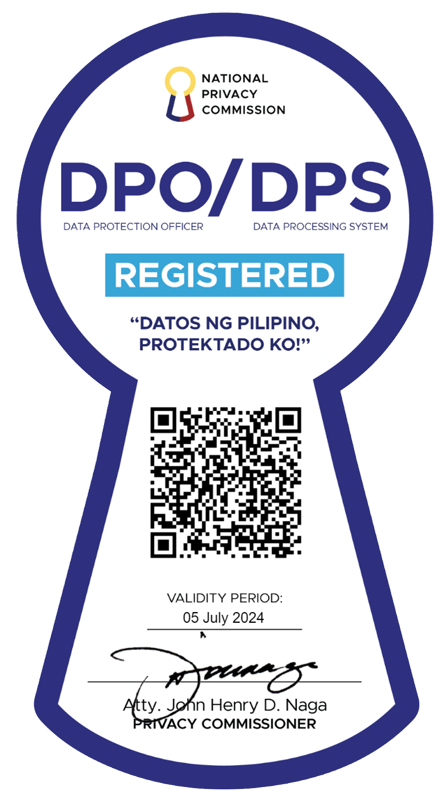Filtered by: Topstories
News
Comelec was warned about ballot production software
By ROBERTO VERZOLA, Halalang Marangal (HALAL)
With the numerous failures to read local votes in initial tests of the voting machines and the Smartmatic admission of a problem in configuring the ballot design, is it possible that Smartmatic used their ballot production software despite the clear warning by the source code review contractor that it should not be used? And that was only one of over 5,000 unresolved problems that the review found in the source code. Analysis by poll automation expert Roberto Verzola. According to the Automated Election Law (R.A. 9369), the Comelec Technical Evaluation Committee (TEC) must “certify, through an established international certification entity, ... categorically stating that the AES, including its hardware and software components, is operating properly, securely, and accurately, in accordance with the provisions of this Act based, among others, on the following documented results: 1) ... ; 2) ... ; 3) The successful completion of a source code review; 4) ... " For the certification entity, the Comelec chose SysTest Labs Inc., a U.S. firm that certifies voting software. SysTest conducted its review of the Smartmatic source code on Oct. 26, 2009 to Feb. 9, 2010. It was on the basis of the SysTest recommendation that the COMELEC accepted the Smartmatic software and went ahead with the automated elections. Although SysTest submitted its “Certification Test Report for Source Code Review, Readiness and Security Testing Rev. 1.06" on Feb. 9, the COMELEC released the full text of the report only on Apr. 30, barely ten days before the May 10 elections. The SysTest review found 9,888 problems, which ranged from “critical" or “major" to “minor" problems. Of these problems, Smartmatic was able to correct 4,422 critical or major problems. However, 327 major problems, 4,897 minor deviations from standards and 242 minor non-standard-related problems – a total of 5,466 problems – remained unresolved, according to the SysTest report. However, the software changes that supposedly resolved the 4,422 critical or major problems have not yet been successfully tested here or abroad, contrary to the following provision of the AES Law: "Sec. 12. ... With respect to the May 10, 2010 election and succeeding electoral exercises, the system procured must have demonstrated capability and been successfully used in a prior electoral exercise here or abroad." In addition, the problems which are supposedly minor are actually significant problems, if the text of the SysTest report is scrutinized carefully. Among the unresolved problems revealed by the SysTest code review are the following:
- “Possible database corruption", which can result in loss of vote data (p.16, 24)
- “Potentially incomplete, corrupted, overwritten or lost audit logs," which can also result in loss of vote data as well as make it possible for intruders to hide their tracks (p.18-19, 21, 23, 30-31);
- “Possible injection of malicious SQL [database] commands", which can corrupt vote data (p.19);
- “Unencrypted passwords in database and other encryption and password problems" (p.19-20, 24, 29); and
- “Possible loss of significant digits" in the vote data (p.20, 22).
More Videos
Most Popular




